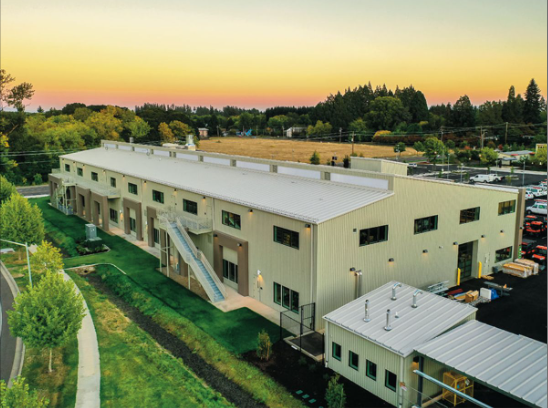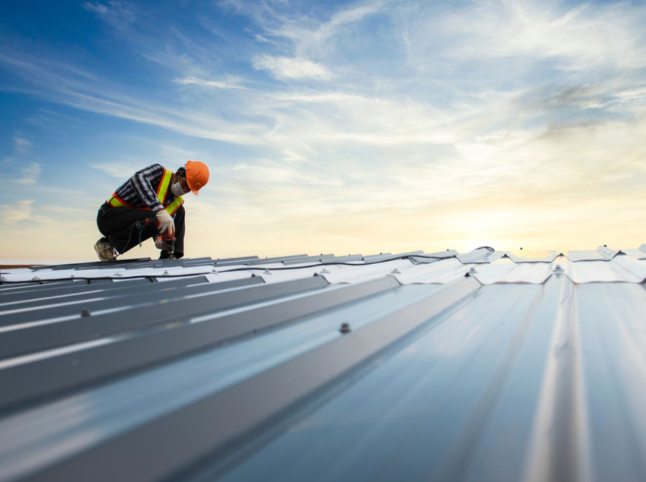
Durable, versatile, and cost-efficient, metal buildings are widely used for commercial, agricultural, and industrial purposes. However, even the strongest structures require consistent care to maintain their integrity. Effective metal building maintenance goes beyond a quick inspection—it involves regular checks, timely repairs, and understanding how environmental conditions affect your building’s longevity. Neglecting small issues can lead to corrosion, leaks, and costly damage over time. By knowing what mistakes to avoid, owners can protect their investment and ensure their metal buildings remain in top condition for years to come.
Overlooking Routine Inspections
One of the most common maintenance mistakes is assuming that metal buildings are maintenance-free. While these structures are low-maintenance compared to wood or concrete, they still require scheduled inspections. Regular checks help identify small problems such as loose fasteners, rust formation, or water intrusion before they turn into significant structural issues. Owners should inspect the roof panels, wall seams, and foundation for any visible damage or signs of shifting.
Ignoring Moisture and Drainage Issues
The Role of Proper Drainage
Water is one of the leading causes of metal building deterioration. Poor drainage around the foundation allows moisture to accumulate, causing rust, corrosion, and even foundation instability. Ensuring proper slope and clean downspouts can prevent these long-term issues.
Common Water Damage Mistakes
Some building owners fail to inspect their roofs for leaks or condensation buildup within the structure. These moisture issues often go unnoticed until they cause visible damage to insulation, walls, or support beams. Installing vapor barriers and using insulation with moisture resistance can help control humidity and prolong the building’s lifespan.
Neglecting Roof Maintenance
Roof Panels and Fasteners
The roof endures constant exposure to weather and temperature changes, making it one of the most vulnerable areas. Over time, thermal expansion can cause fasteners to loosen or panels to warp. If not corrected promptly, water can seep in through these gaps, leading to corrosion or mold growth.
Preventative Roof Care
Routine tightening of fasteners, resealing of joints, and debris removal can significantly extend the roof's lifespan. Building owners should also inspect flashing and sealants annually, as these areas are common points of entry for water intrusion.
Using Incompatible Cleaning or Coating Products
Mistakes in Cleaning Practices
Cleaning is essential for maintaining the appearance of a metal building and preventing corrosion. However, using abrasive tools or harsh chemicals can damage protective coatings and accelerate deterioration. For example, cleaners containing chlorides or strong acids can compromise the paint finish and promote rust.
Choosing Safe Cleaning Methods
The safest approach is to use mild detergents, soft brushes, and plenty of water. Pressure washing at low settings can be effective for removing grime, but it should be done carefully to avoid forcing water into seams. When repainting or recoating, owners should ensure that the new coating is compatible with the existing surface to maintain optimal protection.
Failing to Address Environmental Factors
Weather and Location Considerations
Every region poses different challenges for metal building maintenance. In coastal areas, salt in the air accelerates corrosion, while in snowy climates, ice accumulation can strain structural joints. Wind-prone areas may require extra attention to fasteners and framing stability.
Proactive Environmental Planning
Installing protective coatings designed for local climate conditions helps resist damage from UV rays, moisture, and salt. Regularly trimming nearby vegetation can prevent leaves or branches from blocking drainage or scraping exterior panels. Understanding local weather impacts allows owners to anticipate issues and implement targeted solutions.
Conclusion
Proper building maintenance is not about fixing problems as they appear—it’s about preventing them from developing in the first place. Regular inspections, moisture control, roof maintenance, and proper cleaning techniques all play crucial roles in maintaining your building’s performance and aesthetics. For facilities already showing signs of wear, consulting professionals who specialize in metal building repair ensures that issues are corrected safely and efficiently. With proactive care, your metal building can continue to deliver reliability, durability, and long-term value—standing strong against the test of time and the elements.





Write a comment ...